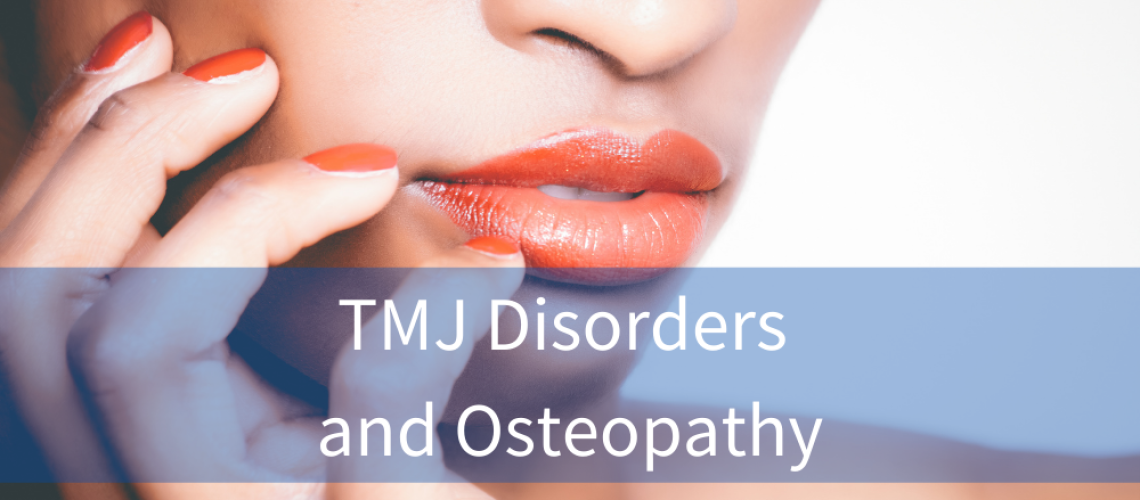The TMJ (Temporomandibular joint) affects your ability to talk, chew and swallow. The TMJ attaches the lower jaw to the skull. This muscle controls the opening and closing of the mouth and the movement of the jaw. Osteopath assesses and treats movement restrictions of the jaw and the function of the surrounding muscles. After that, you are taught exercises and stretches to relax the jaw.
Signs and symptoms of TMJ disorders:
- Neck pain and/ or stiffness
- Shoulder pain
- Earaches or fullness in your ear
- Headaches
- Jaw pain or tenderness (mostly in the morning)
- Jaw locking at times
- Clicking or popping of the jaw when you open or close your mouth
- Pain in the jaw area (directly in front of the ears) when opening or closing your mouth
- Pain when yawning, biting, or chewing
Causes of TMJ disorders
- Trauma
- Grinding and/ or clenching in your sleep
- Malocclusion Syndrome (bad bite)
- Damage to teeth causing tooth loss
- Hard chewing
- Stress
- Anxiety
- A blow to the jaw from sports or other accidents
- Motor vehicle accident injuries
- Poor posture and body mechanics
- Overuse of the jaw such as gum chewing, biting nails, thrusting the jaw forward during talking or exercising
- Most develop over time with the onset of symptoms
Osteopathy and TMJ disorders
During your first visit our Osteopath will evaluate and treat your symptoms and condition as a whole. Your Osteopath will observe you while you are standing, which includes observing how the head, neck, and spine relate, as well as the position of the TMJ in relation to the skull, cervical soft tissues, and shoulder girdle.
There will be specific assessment and treatment of your neck, jaw, and craniofacial bones. Soft tissue techniques including intraoral and extraoral techniques for the muscles, ligaments, and fascia as well as specific techniques to release tensions at the joints of the neck, cranial, and facial regions. bones, as well as the temporomandibular joints. In order to reach deeper structures, the practitioner may use gentle stretches and manipulations inside the mouth. Techniques that temporarily “gap” or separate the two joint surfaces between the condyle of the mandible and the base of the skull. In addition to allowing the joint to reset itself comfortably, this gaping may restore some movement that was lost due to excessive tension on the restricted side.
Osteo Health TMJ treatment protocol
Treatment should aim to reduce pain and improve the function of the jaw.
Treatment for jaw pain, headaches, migraines, and often neck pain can be delivered by osteopaths using many different tools:
- Intra-oral myofascial release
- Soft tissue releases to affected muscles
- Osteoarticular adjustment of the joint
- Laser therapy for pain relieving
- Neck treatment
- Shoulder treatment
- Jaw exercises to improve the alignment of the jaw
- Posture education
Self-management tools to help release the tension from the jaw and that may relieve pain
- Using heat – it will relax the muscles
- Self-massage and stretching – for the jaw, head, neck and back- such as yoga or meditation
- Using night guard, mouth guard or splint
- Avoiding sticky foods – such as gum and candy
- Avoiding hard foods
Consult with your osteopath
To book an appointment, call: 4038140404 or book online osteohealthcalgary.janeapp.com

